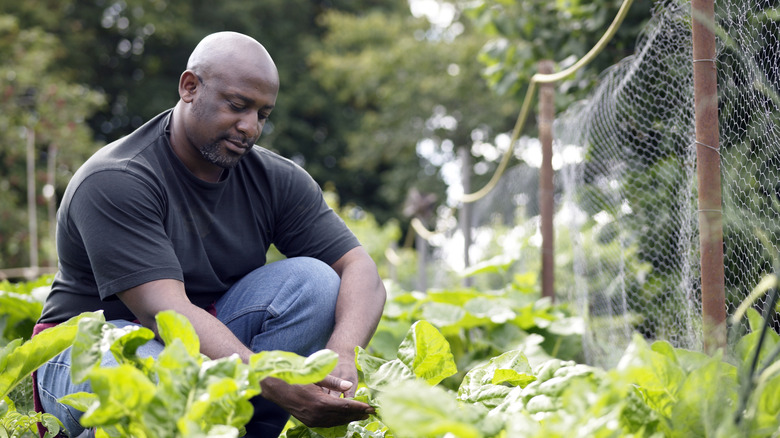A lot of trends for 2026 seem to be bringing back the classics. In the garden, this appears to mean focusing on the plants and nature itself. Instead of carefully curated lawns and picking species simply for their beauty, heirlooms and growing with a purpose are amongst the popular trends ringing in the new year.
If you don’t know what heirloom vegetables are and why gardeners should want to grow them, planning for your 2026 garden is a good time to learn. To put it simply, heirloom plants are those that can be passed down from generation to generation. Traditionally, this has to happen for about a century for a plant to be classified as an heirloom, and if you are focusing on vegetables, there are some potential benefits when it comes to growing and eating them. You will find both produce and flowers that fit this classification, such as certain tomatoes, berries, potatoes, beets, zinnias, sunflowers, daisies, and lobelias.
It’s not just heirlooms either. According to reports, people are focusing on the meaning of their gardens, and not just picking the most beautiful flowers. This may be seen in the form of heirlooms, certainly, but it can also include rare cultivars of species, unique and memorable colors, and sustainable plants. In short, gardening is moving towards intention. This means thinking about what you want to garden and why.
Read more: 12 Flowers That Will Transform Your Space Into A Hummingbird Heaven
Ways to get started on your 2026 intention gardening
If you hope to help local animals, consider growing native species. To connect to your childhood and the beautiful gardens your grandparents used to have, perhaps endangered species and heirloom plants are the way to go. Because this intention-based gardening has the potential to look a little different for everyone, you really aren’t limited in what you can do. Perhaps you swap your water-hungry lawn for drought-tolerant ground covers you can easily grow in your yard and garden, such as Roman chamomile (Chamaemelum nobile/Anthemis nobilis) or carpet sedum (Sedum lineare).
You can also plant species that are vulnerable or will help to protect endangered pollinators. For example, Antioch dunes evening primrose (Oenothera deltoides spp. howellii) and sea oats (Uniola paniculata) are two endangered plants native to the US that you can grow in your garden. You can also just choose to focus on local plants and avoid using chemicals to get rid of weeds that may harm visiting animals.
It sounds difficult, but once you decide the direction you want to take, it can be pretty easy. In fact, since you are often going with more organic or native plants, in the end, it can make for a colorful and productive garden without requiring much work on your end, saving you time to focus on other things in your life and perhaps putting intention into the rest of your home.
Enjoyed this article? Get expert home tips, DIY guides, and design inspiration by signing up to the House Digest newsletter and adding us as a preferred search source!
Read the original article on House Digest.


Comments are closed.